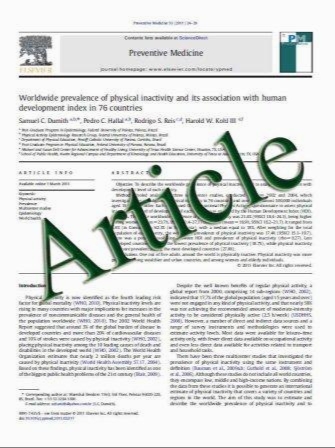Diffuse vascular injury: convergent-type hemorrhage in the supratentorial white matter on susceptibility-weighted image in cases of severe traumatic brain damage
- نوع فایل : کتاب
- زبان : انگلیسی
- مؤلف : Asami Iwamura & Toshiaki Taoka & Akio Fukusumi & Masahiko Sakamoto & Toshiteru Miyasaka & Tomoko Ochi & Toshiaki Akashi & Kazuo Okuchi & Kimihiko Ki
- چاپ و سال / کشور: 2011
Description
Introduction Susceptibility-weighted image (SWI) is one of the most sensitive methods for detect microbleeding and useful for evaluation of traumatic brain damage. The purpose of this study is to delineate the characteristics and importance of supratentorial deep white matter hemorrhages detected by SWI in cases of traumatic brain damage. Methods Twenty-one consecutive cases with severe traumatic head injury were included in the current study. MRI examinations were made within 1 month after injury. We evaluated the degree and distribution of the supratentorial hemorrhages on SWI retrospectively. We classified the degree of bleeding into four grades: “small hemorrhage,” “single bead-like hemorrhage,” “convergent-type hemorrhage,” and “massive hemorrhage.” We then correlated the degree and distribution of the hemorrhage to clinical outcomes. We also evaluated the apparent diffusion coefficient (ADC) image of lobes with “convergent-type hemorrhage.” Results Existence of “massive hemorrhage” correlated with a poor outcome, that is, worse than “severely disabled” on the Glasgow Outcome Scale. The number of lobes affected by “convergent-type hemorrhage” also correlated with poor outcome. There were 45 lobes with “convergent-type hemorrhage” and 27 of them showed increased diffusivity on ADC images. Conclusion Supratentorial massive hemorrhages and supratentorial convergent-type multiple hemorrhages were associated with poor prognosis after traumatic brain injury. The increased diffusivity in lobes with convergent-type hemorrhages may indicate that congestion of the proximal medullary vein may play some role for these hemorrhages.
Neuroradiology DOI 10.1007/s00234-011-0892-9 Received: 23 March 2011 / Accepted: 10 May 2011


